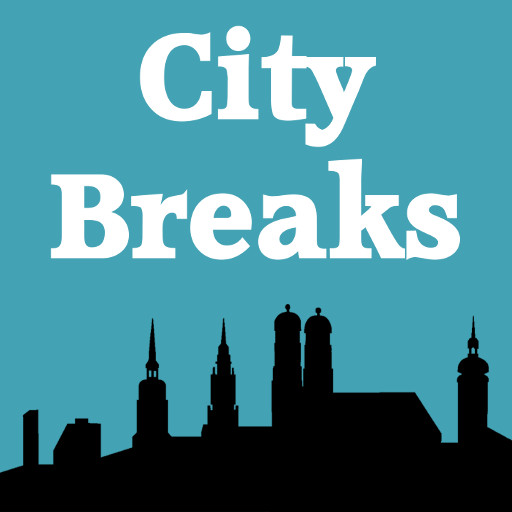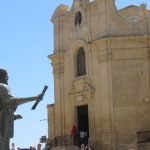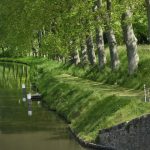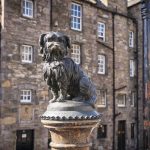Did you know there are two Scottish parliaments? Well, parliament buildings really. The highlight of this episode is a visit to the Scottish Parliament, Holyrood. But first, the colourful story of who ruled Scotland over the centuries, the Scottish kings, the ongoing tussles with England, the Act of Union and subsequent rebellions and finally the Scotland Act of 1998 which led to the founding of the new parliament where a speaker could proudly announce that ‘the Scottish Parliament, which adjourned on the 25th March 1707, is reconvened.’
a little history
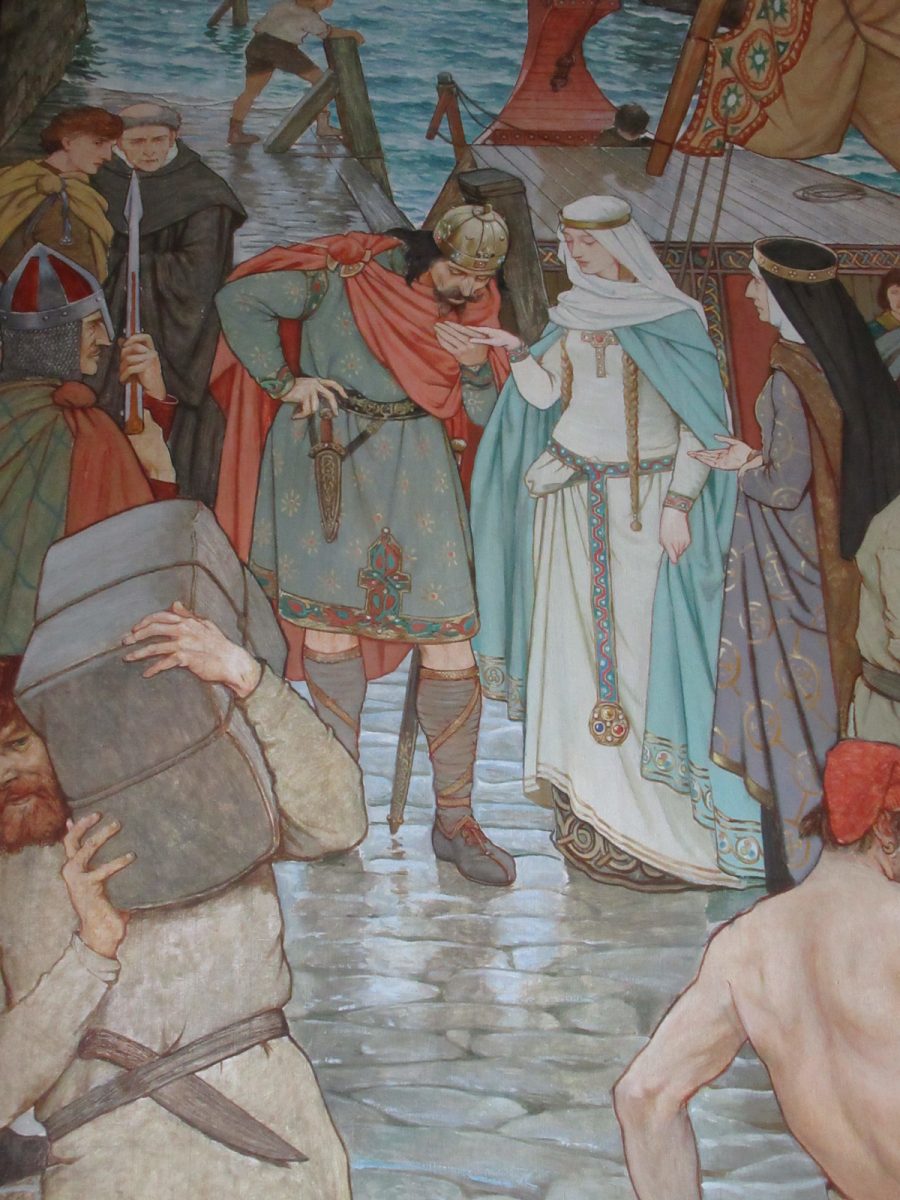
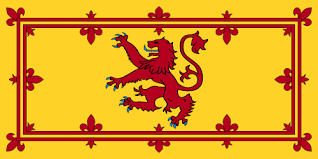
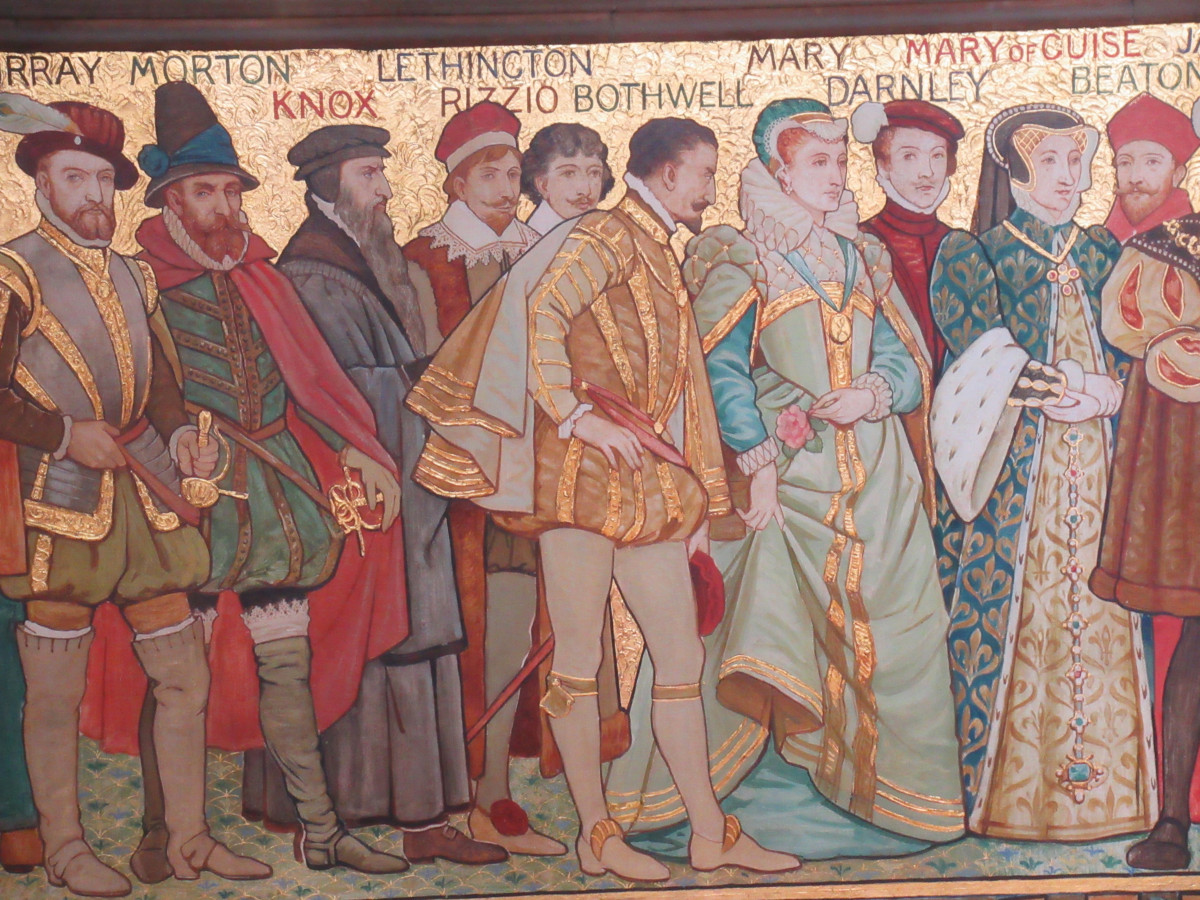
Among the many who have tried to rule in Scotland are the Romans, who were pushed back to Hadrian’s Wall, and, in the 7th century, the Angles who originated in North Germany. Among the Scottish kings who fought to rule their land independently are David I (1124-53) who built Holyrood Abbey, William the Lion (1165-1214) whose rampant red lion is still seen on the Royal Standard of Scotland today and Alexander II (1214-49) who convened the first ever Scottish parliament at Edinburgh Castle in 1215. It wasn’t a permanent parliament, more a meeting to discuss particular issues, but as Christopher McNab writes in A History of Edinburgh, ‘So began the long road of Scottish governance from Edinburgh.’
the first parliament

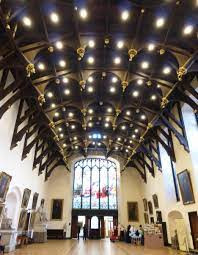
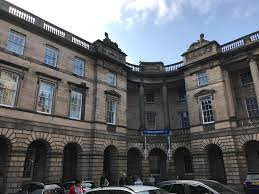
Low points in relations between England and Scotland include the reign of Edward I, aka the Hammer of the Scots, and Henry VIII’s ‘Rough Wooing’, not to mention the ‘Auld Alliance’ which lasted for centuries between Scotland and France. As early as 1328, the Treaty of Edinburgh saw England renounce claims to political power in Scotland. The Union of the Crowns in 1603, when James VI of Scotland became James I of England, drew the countries together, but later that century, Charles I oversaw the opening of Parliament House just next door to St Giles Cathedral. After the Act of Union in 1707 however, Scotland would be governed by Westminster.
There is much more detail on the tumultuous history of those who sought to rule Scotland on the podcast, including the above-mentioned episodes, plus the story of the Jacobite Rebellions of the 18th century and the rapprochement of the 19th century brought about by George IV’s historic visit to Edinburgh in 1822 and Queen Victoria’s love for Scotland.
This first parliament, known as Parliament House is still there today. It was built in the 17th century, stands in Parliament Square, just behind the Cathedral of St Giles and in the middle is a huge statue of Charles II on horseback. It is a magnificent building, dominated inside by an enormous oak hammerbeam ceiling, and used today to house the Supreme Courts of Scotland. The Court Rooms are open to the public – there is a bag search on the way in – and it’s worth trying to get a look at the imposing main chamber where the Scottish parliament met between 1639 and 1707 and where other historic events, such as the trial of the infamous Deacon Brodie, took place. (see Episode 05 for his story)
the scottish parliament at holyrood
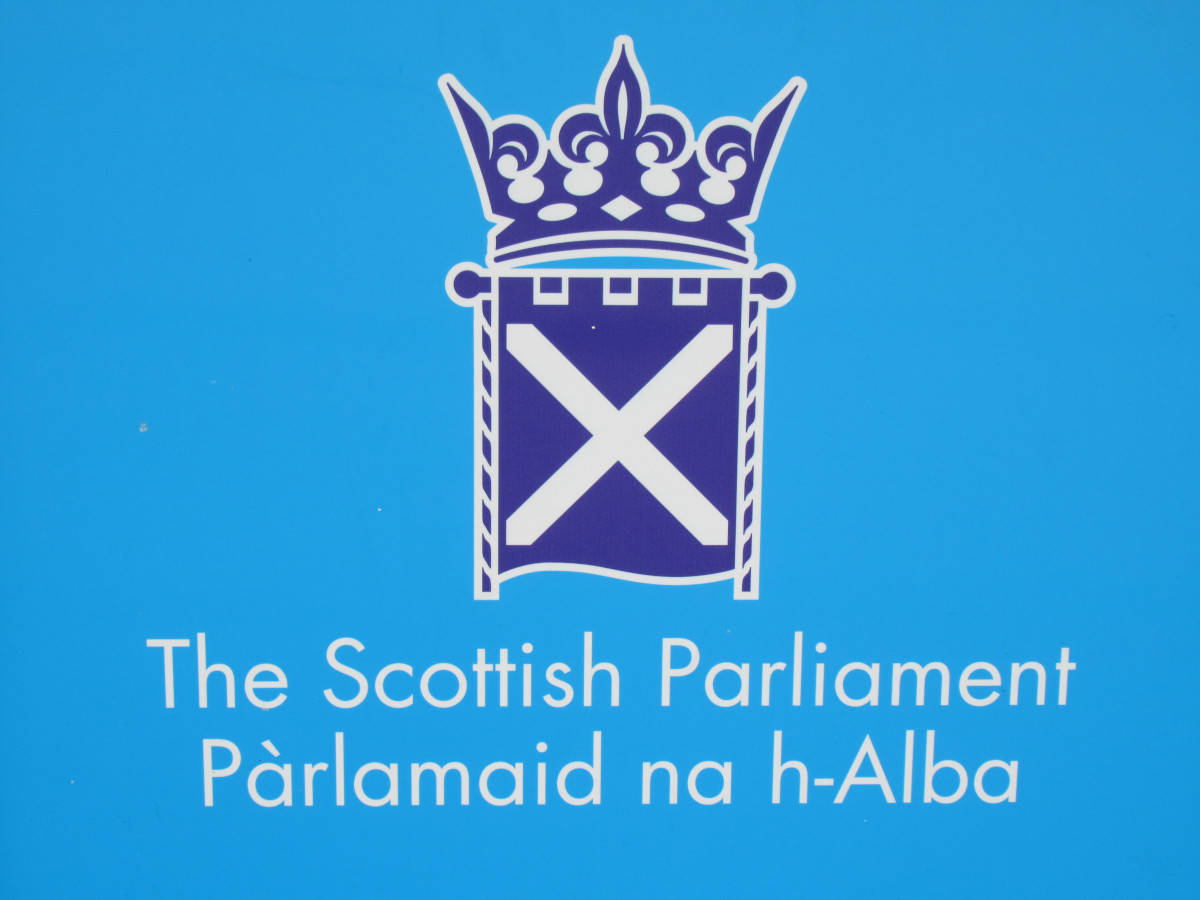
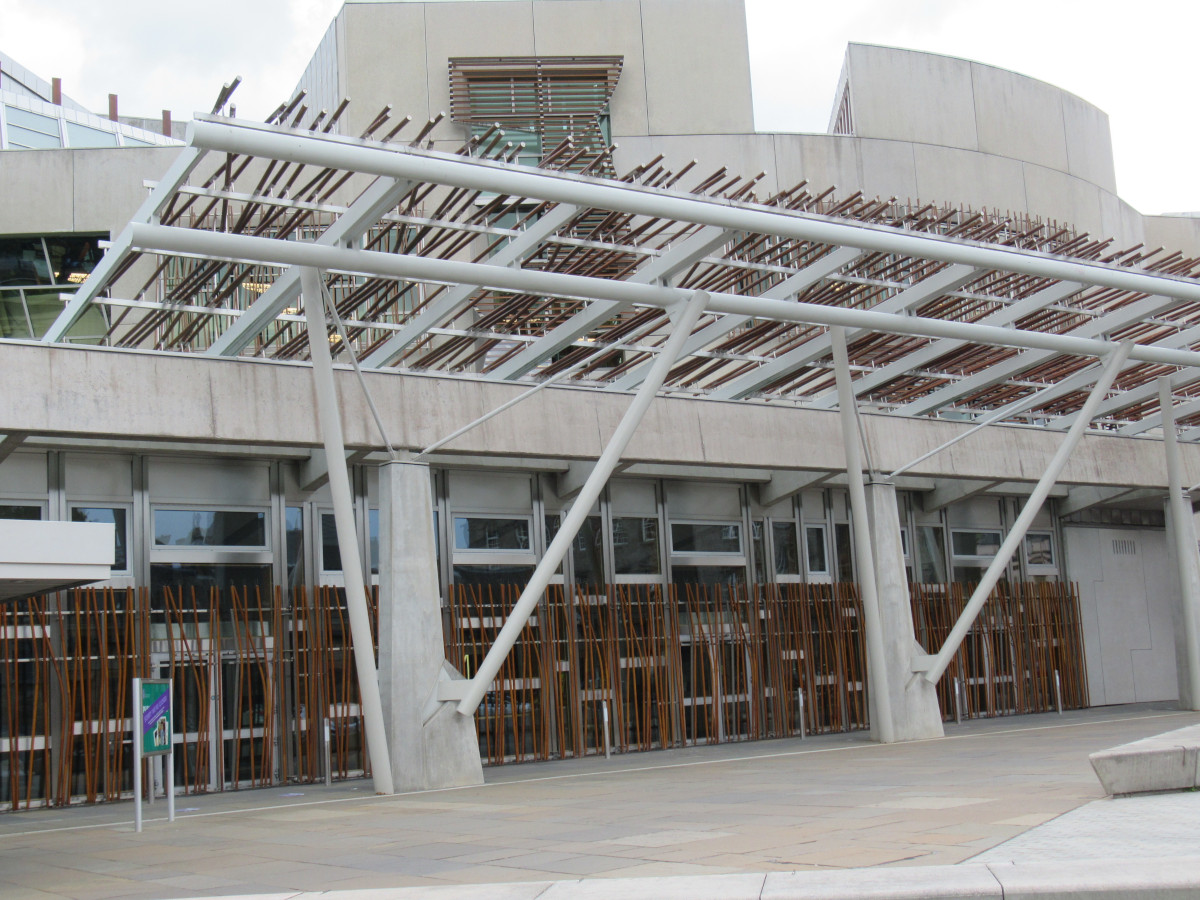
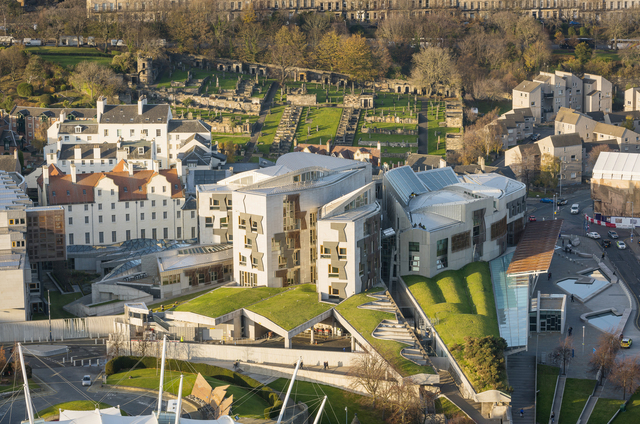
In the late 1990s, the push for a Scottish parliament gathered pace. In 1996, highly symbolically, the Stone of Scone, stolen by Edward I exactly 700 years earlier, was returned to Edinburgh from Westminster. After a referendum, the Scotland Act of 1998 decreed that Scotland would have an independent parliament, and at its first sitting in 1999, Dr Winnie Ewing opened proceedings by saying ‘I want to begin with the words that I have always wanted to say or to hear someone else say: the Scottish Parliament, which adjourned on 25th March1707, is hereby reconvened. The new parliament building, Holyrood, was opened by Her Majesty Queen Elizabeth in October, 2004.
Is that the end of the story? Maybe not. In 2014, a referendum was held on whether Scots wanted to become independent from the rest of the UK. There was a turnout of 84% and the ‘No’ vote won by just over 5%. But the debate continues and the idea of a second referendum can’t be ruled out.
The Scottish Parliament, the Parlamaid na h-Alba, sits at Holyrood, at the foot of the Royal Mile, in a modern building of steel, oak and granite. In his book Only in Edinburgh, Duncan Smith described its unusual design: ‘rocky crags and upturned fishing boats, representing the connection of the Scottish people with their natural surroundings.’ On one side, on the Canongate Wall, is a collection of 26 quotations, including proverbs and extracts of poetry and from the Psalms, in English, Gaelic and Scots. They include the proverb – written in both English and Gaelic – ‘Say little and say it well’ and a quotation from the Scottish writer Alasdair Gray, ‘Work as if you live in the early days of a better nation.’
The public can visit the parliament every day except Sunday to see the modern Debating Chamber, finished in oak, sycamore and glass, and the ceremonial mace. It’s made of silver and gold and embossed with the opening words of the Scotland Act which brought the parliament into being: ‘There shall be a Scottish parliament’. You can see the office space for MSPs (Members of the Scottish Parliament), where each has a ‘think pod’ where they can consider their decisions before voting. The garden is planted with native Scottish plants and trees and the signage is all bilingual. You can even learn a little Gaelic from the website, for example the traditional welcome, ‘100,000 welcomes’, or Kyet mea Faltcha.
Listen to the POdcast
Reading Suggestions
A History of Edinburgh by Christopher McNab
Edinburgh, A History of the City by Michael Fry
Only in Edinburgh by Duncan Smith
Scotland’s Democracy Trail by Stuart McHardy and Donald Smith
links for this post
To visit the Scottish Parliament
Previous episode Edinburgh’s New Town and the Enlightenment
Next episode Edinburgh, best explored on foot
Last Updated on March 12, 2025 by Marian Jones
